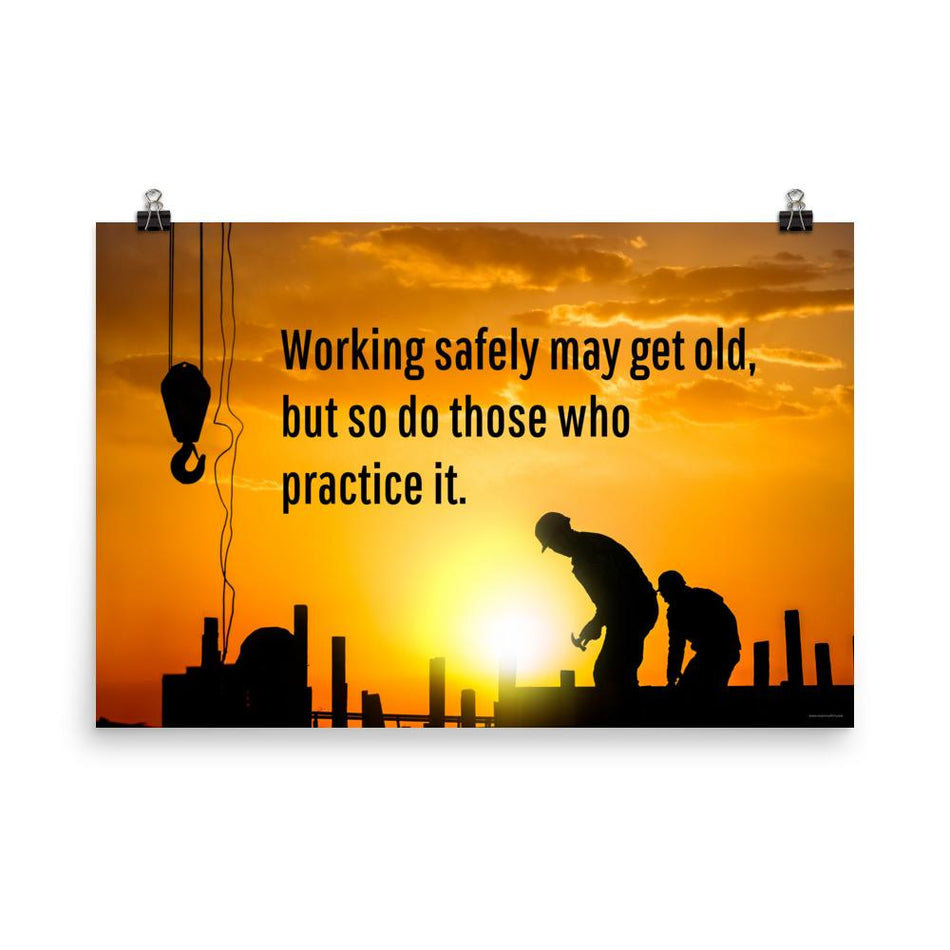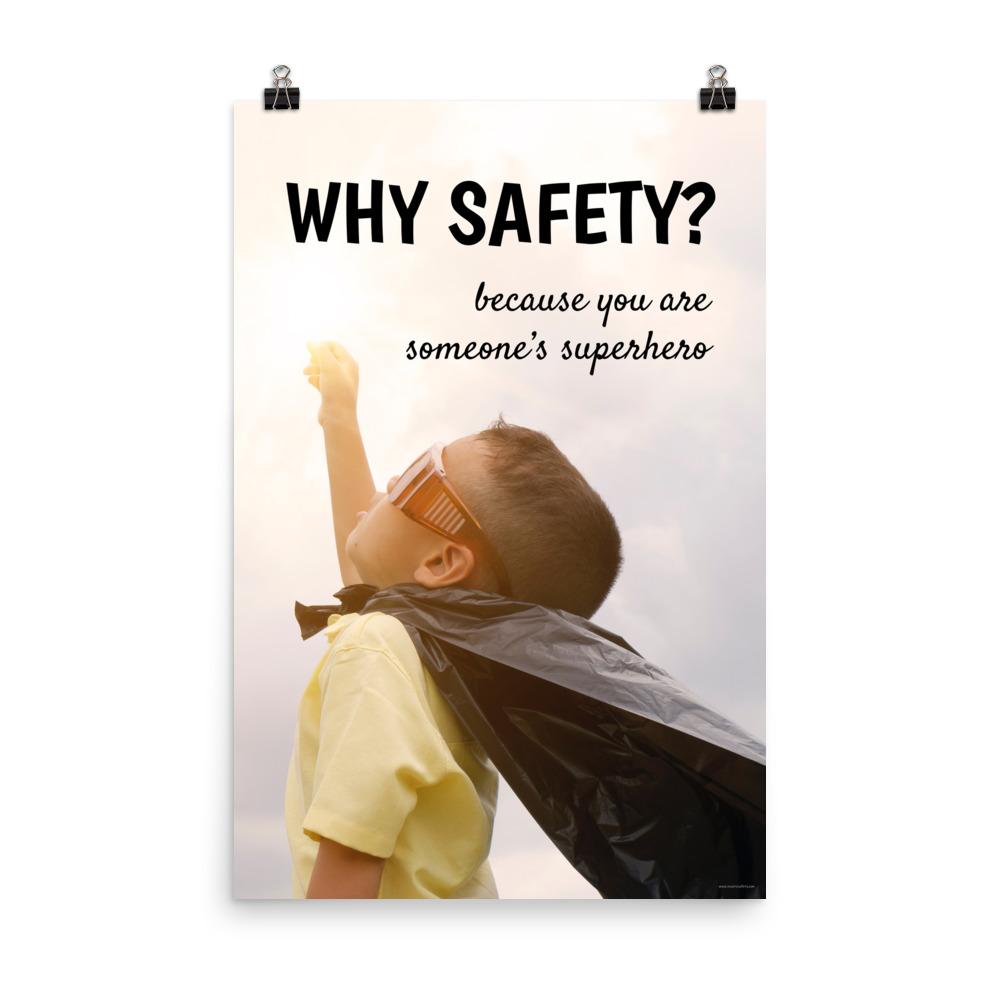In the bustling world of construction sites and workplaces where tools are frequently used, safety is paramount. Among the myriad of strategies to ensure a safe working environment, one stands out for its simplicity and effectiveness: the tool safety poster. These visual aids serve as constant reminders of the importance of safe tool usage, helping to keep safety at the forefront of workers' minds. This article delves into how tool safety posters can play a pivotal role in preventing accidents and fostering a culture of safety.
Humans are visual creatures, and our brains are wired to process images faster than text. This is where tool safety posters excel. By combining compelling graphics with succinct safety messages, these posters grab attention and make the safety rules unforgettable. When placed strategically around the workplace or construction site, they serve as continuous reminders to workers about the importance of using tools safely. The visual impact of these posters can significantly enhance awareness and comprehension of safety practices, making them an invaluable asset in the quest for a safer work environment.
By combining compelling graphics with succinct safety messages, these posters grab attention and make the safety rules unforgettable.
The ultimate goal of tool safety posters is to decrease the number of accidents on construction sites and in workplaces. By highlighting common hazards and promoting safe practices, these posters can significantly reduce the incidence of injuries related to tool use. This not only protects workers but also benefits employers by minimizing downtime due to accidents and reducing the costs associated with workers' compensation and lost productivity. A safe work environment is a productive one, and tool safety posters play a critical role in achieving this by minimizing disruptions and ensuring that projects can proceed smoothly and efficiently.
While on-site safety training is critical, the lessons learned can fade over time. Tool safety posters serve as essential reinforcements, continuously reminding workers of the safety protocols they've been taught. Whether it’s the correct way to handle a power tool, the importance of wearing protective equipment, or the steps to perform a task safely, these posters ensure that the training messages remain fresh in the workers' minds. By reinforcing safety training in this way, tool safety posters help to bridge the gap between knowledge and practice, making the adherence to safety measures a natural part of the work process.
Incorporating the concept of the "forgetting curve" into the rationale for tool safety posters adds a psychological foundation to their effectiveness. The forgetting curve, a theory proposed by psychologist Hermann Ebbinghaus, illustrates how information is lost over time when there is no attempt to retain it. This phenomenon is particularly relevant in the context of workplace safety, where the details of safety training can fade from memory, leaving workers vulnerable to accidents.
Tool safety posters act as a countermeasure to this natural tendency to forget, providing regular visual cues that reinforce key safety messages and procedures. By consistently reminding workers of the safest practices for handling tools, these posters help to flatten the forgetting curve, ensuring that crucial safety information remains at the forefront of workers' minds. This continuous reinforcement is essential for maintaining a high level of safety awareness and minimizing the risk of accidents caused by lapses in memory or awareness.
Tool safety posters are a potent tool in the arsenal of workplace safety measures. Their visual nature, coupled with the ability to continuously engage workers in safety practices, makes them an effective way to reinforce safety training, encourage safe behavior, and ultimately decrease accidents. By adhering to best practices in their implementation, employers can harness the power of prevention and create a safer, more productive work environment.
The implementation of tool safety posters is a testament to the adage that prevention is better than cure, embodying the commitment to protect workers from harm while ensuring the smooth operation of the workplace. In the realm of tool safety, these posters are not just decorations but lifelines that underscore the importance of safety in every action and decision on the job.











